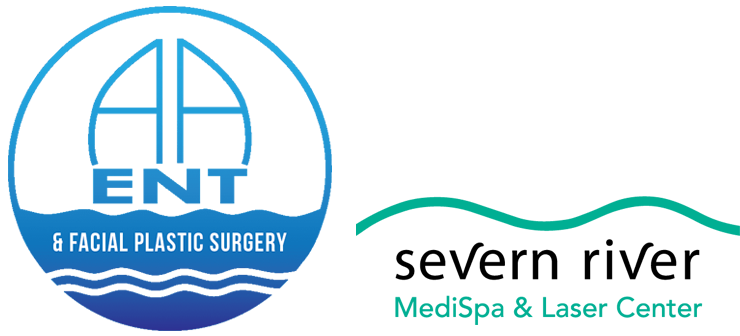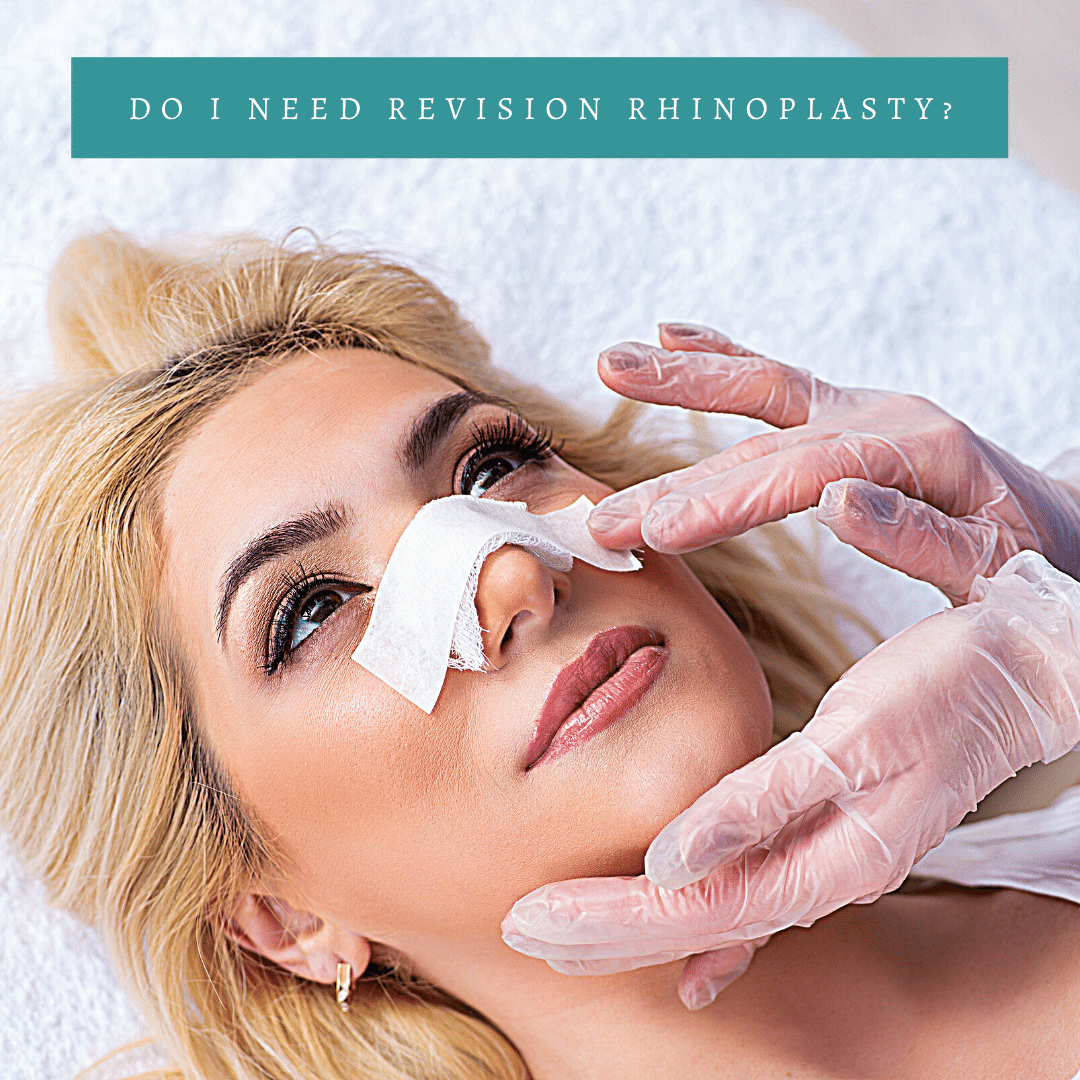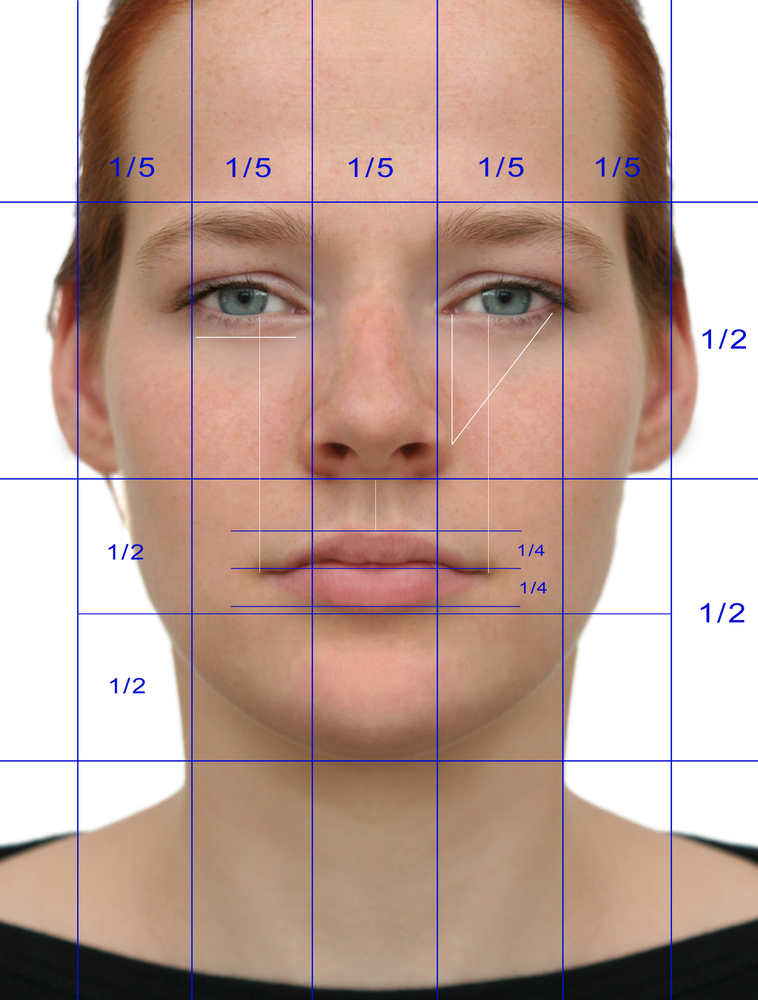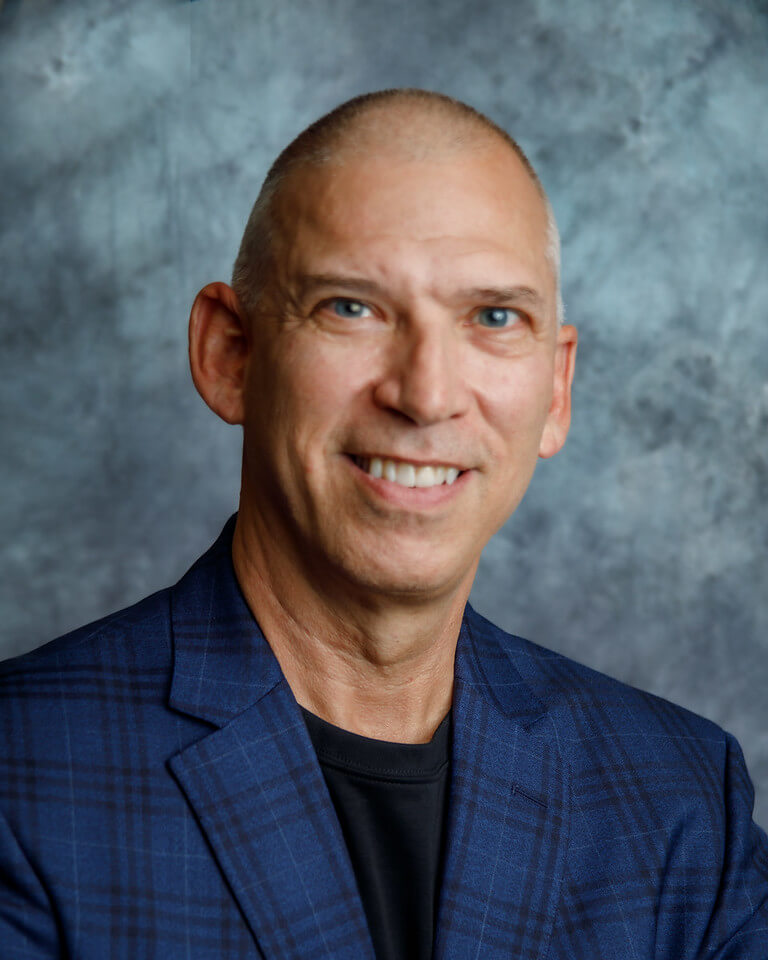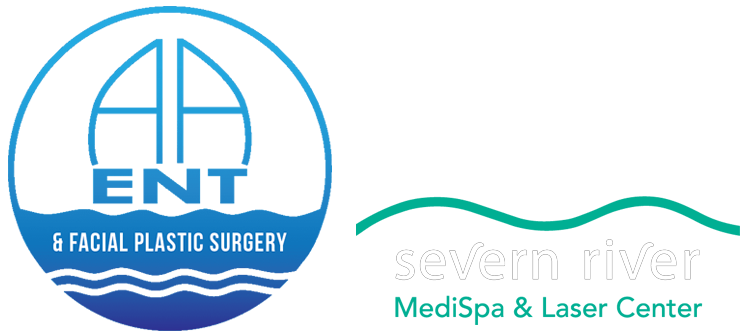Do you have a nose that is bumpy, crooked, or asymmetrical? If so, then you may have decided to get a rhinoplasty, or nose job, to improve the way your nose looks. But what happens if you are unhappy with the results of your rhinoplasty? Some people may choose to live with their nose despite not liking the way it looks, while others may opt for a revision rhinoplasty. A revision rhinoplasty procedure can address various issues with your nose and help improve the way it looks. This blog post will explain everything you need to know about revision rhinoplasty, including what it entails and whether or not it’s right for you.
What is revision rhinoplasty?
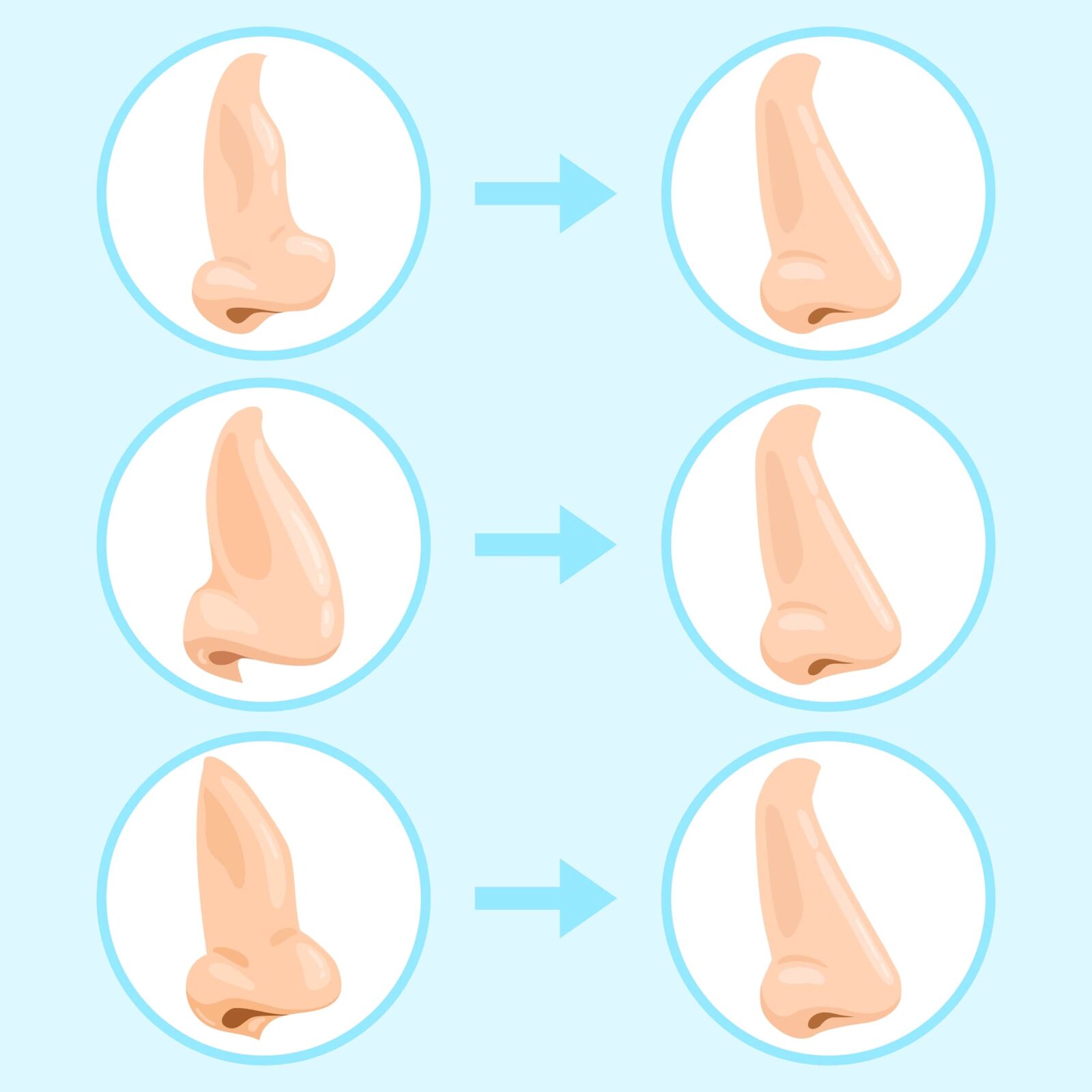
A revision rhinoplasty is a nose job that seeks to improve the results of an earlier nose surgery. This procedure may be necessary if there are complications or issues with your first attempt at getting a new or better-looking nose. The American Academy of Plastic Surgeons (ASPS) notes that rhinoplasty is the second most common plastic surgery procedure with approximately 243,000 rhinoplasties being performed every year. The academy also notes that as many as 15% of these procedures require revision rhinoplasty.
Rhinoplasties can be challenging procedures for a number of reasons. For starters, the nose is the center point of the face. Additionally, rhinoplasties require plastic surgeons to correct both anatomical deformities and improve or maintain nasal function. Since form affects function and vice versa, there are many instances where patients may not be entirely pleased with their results due to circumstances that are out of the surgeon’s control. There are also cases, of course, where an inexperienced surgeon may simply not have the skillset to obtain the desired results.
The Challenges of Revision Rhinoplasty
When considering revision rhinoplasty, it is important that you are aware of the fact that revision rhinoplasty comes with its own unique set of challenges. In fact, some plastic surgeons do not even offer revision rhinoplasty because of these challenges. At a glance, here are some factors that can affect revision rhinoplasty:
Scar Tissue
Scar tissue is fibrous tissue made up of cells and collagen that forms when normal tissue is destroyed by disease, injury, or surgery. Once you’ve undergone a rhinoplasty, your nose will have varying amounts of scar tissue from the initial surgery. More scar tissue generally means that the procedure will be more complicated. This is because scar tissue affects how the nose settles after surgery and is more unpredictable than normal tissue. Your surgeon will likely minimize the amount of incisions in order to minimize the amount of additional scar tissue, which can limit the extent of the corrections being made.
Depleted Cartilage
A certain amount of septal cartilage is required to maintain the structural integrity of the nose, however the cartilage is usually depleted in people undergoing revision rhinoplasty. Oftentimes, this requires a cartilage graft from the ear or rib. In some cases, additional filler tissue and/or skin grafts may also be required to obtain a natural appearance with open nasal passages. These are called “composite grafts” and they can be made up of different types of tissue.
The Unknown
No matter how much planning goes into revision rhinoplasty, there is always the risk of certain factors that cannot be predicted. These unknown factors can further complicate the procedure and directly affect the end result.
These three factors directly affect the outcome of a revision rhinoplasty, as well as whether or not you are satisfied with your results. Due to the challenges associated with revision rhinoplasty, revision rhinoplasty has a higher rate of revision than primary rhinoplasty. With that being said, however, there are certain cases where a revision rhinoplasty may be ideal.
Do I need revision rhinoplasty?
Revision Rhinoplasty can help fix many different problems with your nose. For example, if you had a first rhinoplasty that resulted in an unnatural looking bridge of the nose (a bumpy or crooked one instead of a smooth curve), then revision surgery can help fix this problem and make it look more natural again.
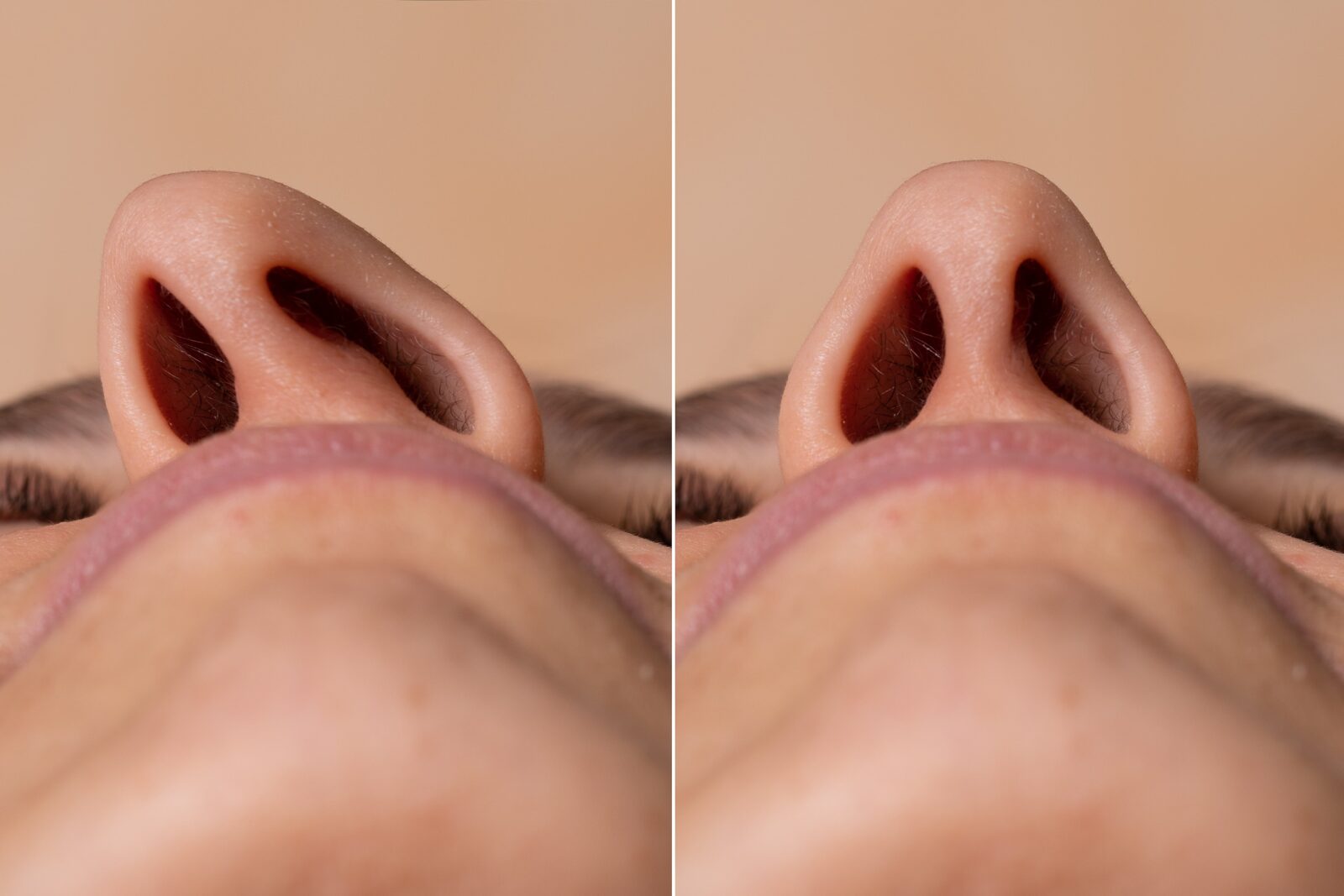
Some common reasons to have revision rhinoplasty include:
- too much bone or cartilage was removed
- not enough bone or cartilage was removed
- cartilage grafts have become displaced
- scarring has led to improper healing
- asymmetries were created
- breathing has become impaired
- injury or trauma
Ultimately, revision rhinoplasty can be performed for both cosmetic and/or functional reasons. However, there are certain cases where a revision rhinoplasty may be highly recommended to correct functional issues. For example, a lack of cartilage inside the nose could cause the nasal passages to collapse and obstruct airflow.
It’s important to take the time to consider whether or not revision rhinoplasty is right for you. You should ask yourself if there are any specific problems with your nose that need to be addressed, and discuss this issue with an experienced plastic surgeon (preferably who has completed revision rhinoplasty) before going through with surgery. Although revision rhinoplasty can help improve your overall results from a previous nose job, it’s important to acknowledge that it is still possible that you won’t like how it looks afterwards.
In Conclusion
Revision rhinoplasty is a complex surgery that aims to correct the irregularities created by previous nose jobs. Revision rhinoplasty can be performed for both cosmetic and functional reasons, although it does come with its own unique set of challenges. To determine whether revision rhinoplasty is right for you, it is recommended to consider your specific needs and consult with an experienced plastic surgeon who specializes in revision rhinoplasty before undergoing this procedure.
